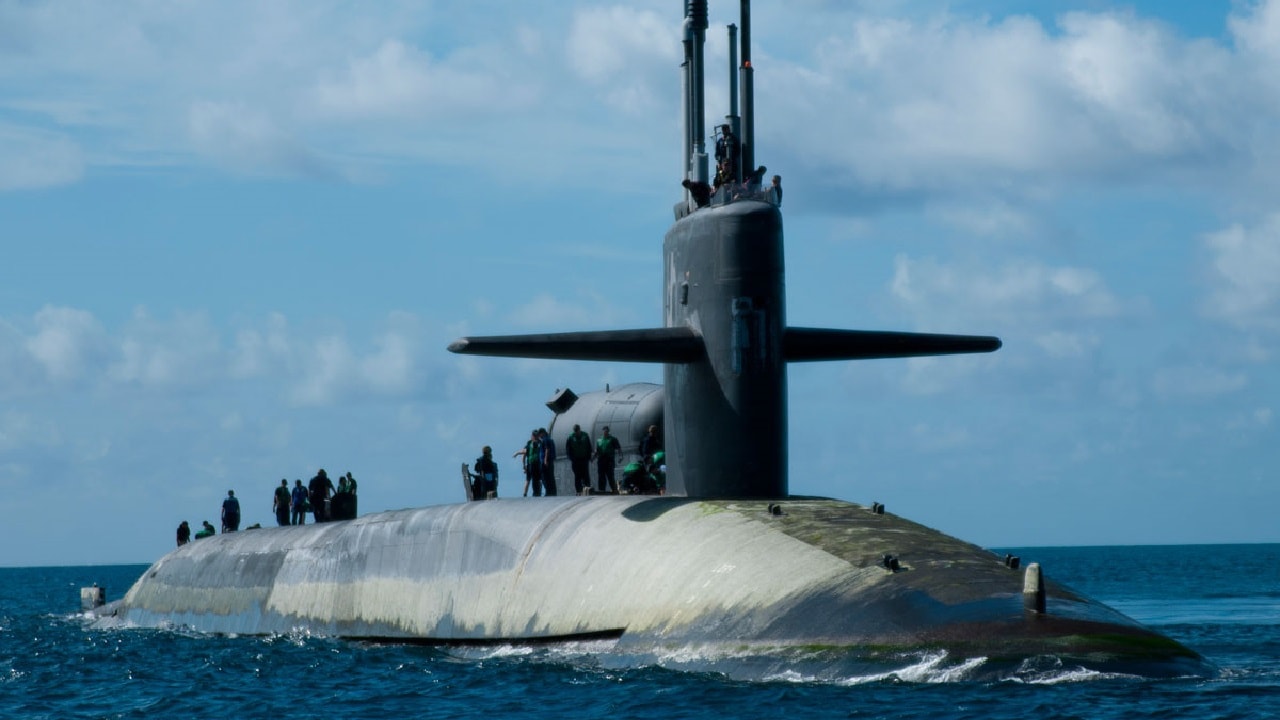The soon-to-be retirement of the United States Navy’s Ohio-Class guided-missile submarines, or SSGNs, is a significant shift in the U.S. Navy’s strategic and tactical capabilities.
These Ohio submarines were converted from ballistic missile submarines as part of the START II treaty when they were transformed from launchpads for Trident nuclear missiles into multi-role platforms with a unique combination of firepower and versatility.
Their main armament in their converted form is Tomahawk missiles. The submarines can also support special operations forces. Combined, these two capabilities give the United States Navy a potent power projection capability.
The Ohio-class SSGNs are equipped to carry up to 154 Tomahawk cruise missiles, much greater than the capacity of any other submarine in the United States fleet.
This enormous payload allows these special Ohio-Class subs to fire overwhelming precision strikes during the initial stages of a conflict.
In addition to their missile arsenal, the SSGNs have gone through extensive modifications that include the ability to carry SEAL Delivery Vehicles, as well as accommodations for a large number of special forces personnel as well as their equipment.
Ohio-Class SSGN Retirement and the Emerging Capability Gap
All four Ohio-class SSGNs—USS Ohio, USS Michigan, USS Florida, and USS Georgia — are nearing their extended service lives end.
Initially commissioned as SSBNs in the 1980s, they underwent conversion in the early 2000s.
Now, with over 40 years of service, these vessels are scheduled to retire by the late 2020s, with the first slated for decommissioning next year.
Their retirement could be problematic — because of a potential capability gap. The loss of their massive missile payload and SOF support capabilities will reduce the Navy’s capacity to conduct sustained, large-scale cruise missile strikes and special operations missions.
This gap comes when peer adversaries like China and Russia expand their naval capabilities, and the need for robust and versatile U.S. assets is pressing.
Virginia-Class Block V: A Partial Solution
The Navy plans to address the gap by introducing Virginia-class Block V submarines. These fast-attack submarines will feature a significant modification called the Virginia Payload Module.
The VPM adds four vertical payload tubes capable of carrying up to 28 Tomahawk missiles and increasing Block V’s missile capacity from 12 to 40.
Though impressive, compared to the rest of the class payload, this falls significantly short of the Ohio-class SSGNs’ missile capacity and may lead to a significant capability gap.
The first Block V submarine is expected to enter service in the late 2020s, with additional boats following throughout the 2030s.
This timeline means there will likely be a gap of several years between the retirement of the last Ohio-class SSGN and the operational deployment of a substantial number of Block V boats.
Bridging the Missile Gap
In the interim, the Navy might rely on surface shops like Arleigh Burke-class destroyers, which can launch Tomahawk missiles, and increased deployments of existing Virginia-class submarines. However, these measures are imperfect substitutes, especially for covert operations requiring the SSGNs’ unique features.
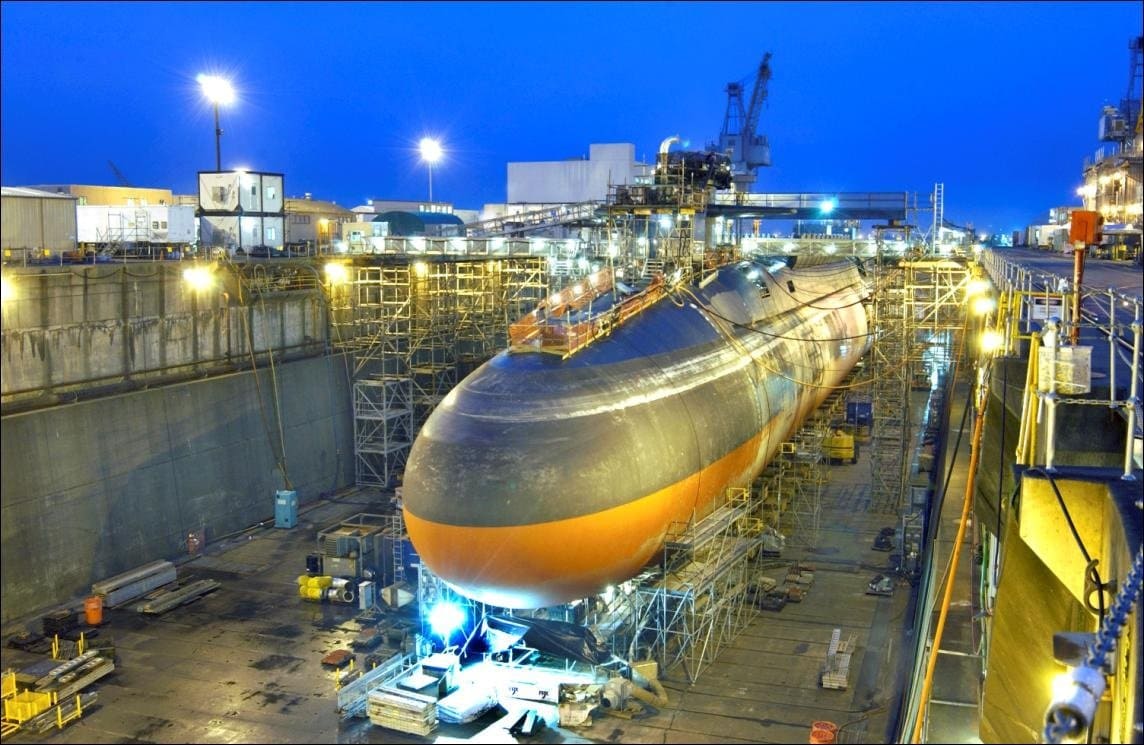
USS Ohio SSGN Conversion. “040315-N-0000H-001 Bremerton, Wash. (March 15, 2004) – Night falls at Puget Sound Naval Shipyard and Intermediate Maintenance Facility, Bremerton, Wash., as work continues on the strategic missile submarine USS Ohio (SSGN-726). The USS Ohio is one of four Trident Submarines undergoing conversion to a new class of guided missile submarines. The SSGN conversion program takes Ohio-class ballistic missile submarines through an extensive overhaul that will improve their capability to support and launch up to 154 Tomahawk missiles. They will also provide the capability to carry other payloads, such as unmanned underwater vehicles (UUVs), unmanned aerial vehicles (UAVs) and Special Forces equipment. This new platform will also have the capability to carry and support more than 66 Navy SEALs (SEa, Air and Land) and insert them clandestinely into potential conflict areas. U.S. Navy photo by Wendy Hallmark.
While the Virginia-class Block V is a step toward regaining a curtailed capability, their introduction will only partially compensate for the loss of the Ohio-class SSGNs, necessitating a careful assessment of the United States Navy’s strategic priorities.
Ultimately, while the Virginia-class Block V represents a significant step forward, its introduction will only partially offset the loss of the Ohio-class SSGNs, necessitating carefully balancing strategic priorities during this transitional period.
Ohio-Class: A Story in Photos
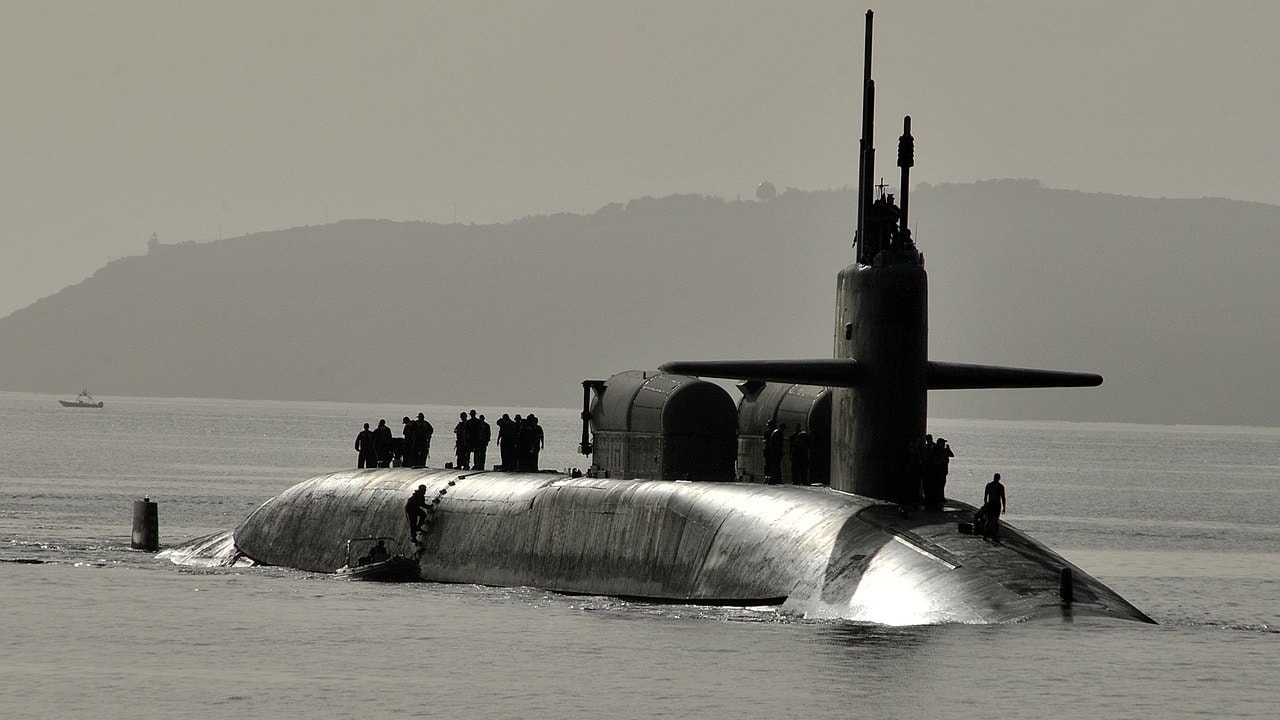
SOUDA BAY, Greece (May 21, 2013) The Ohio-class guided-missile submarine USS Florida (SSGN 728), gold crew, arrives in Souda harbor. Florida is homeported in Kings Bay, Ga., and is deployed conducting maritime security operations and theater security cooperation efforts in the U.S. 6th Fleet area of responsibility. (U.S. Navy photo by Paul Farley/Released) 130521-N-MO201-047
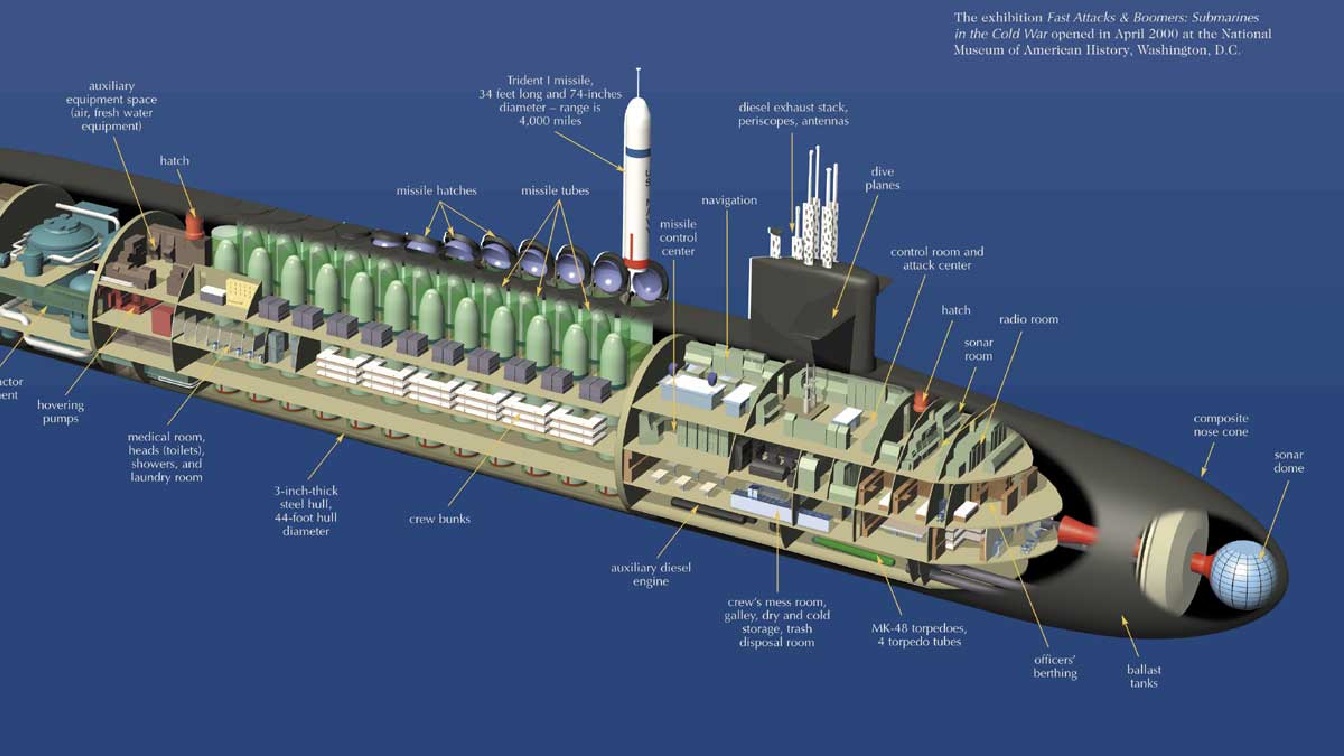
Ohio-Class SSBN. Image Credit: Creative Commons.

Ohio-Class SSGN. Image Credit: U.S. Navy.
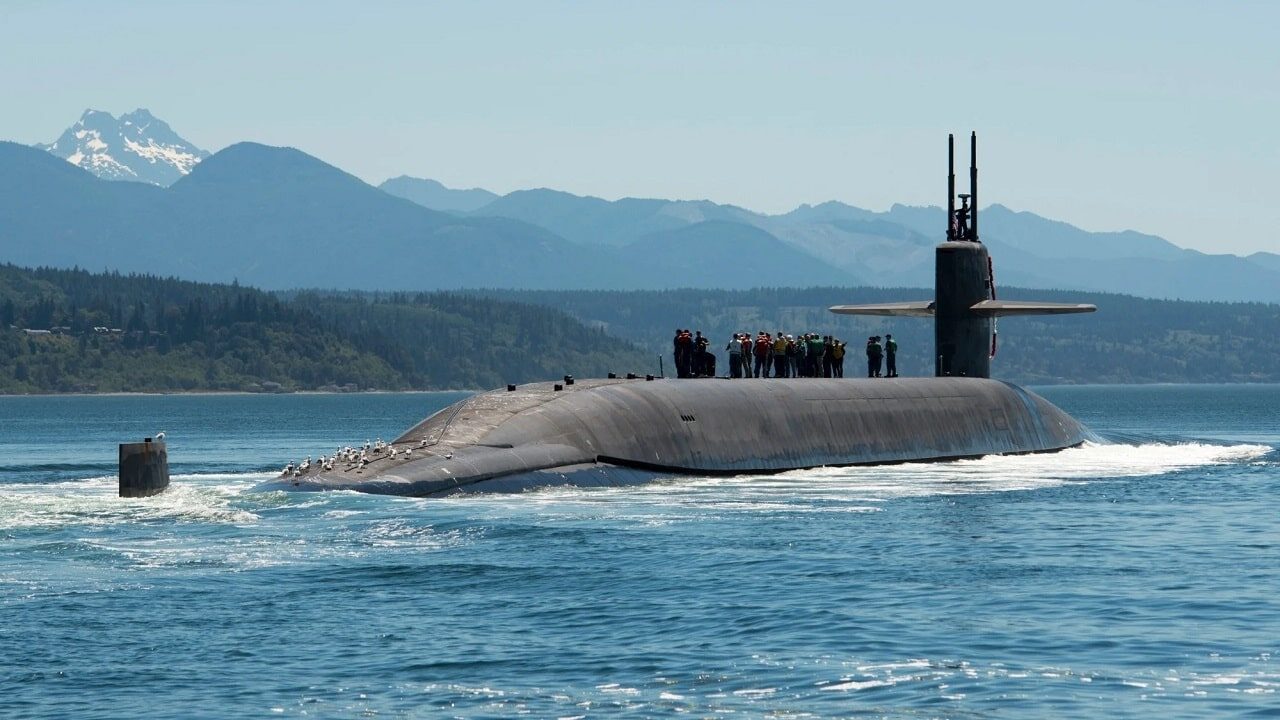
Ohio-Class. Image Credit: U.S. Navy.
About the Author: Caleb Larson
Caleb Larson is an American multiformat journalist based in Berlin, Germany. His work covers the intersection of conflict and society, focusing on American foreign policy and European security. He has reported from Germany, Russia, and the United States. Most recently, he covered the war in Ukraine, reporting extensively on the war’s shifting battle lines from Donbas and writing on the war’s civilian and humanitarian toll. Previously, he worked as a Defense Reporter for POLITICO Europe. You can follow his latest work on X.

